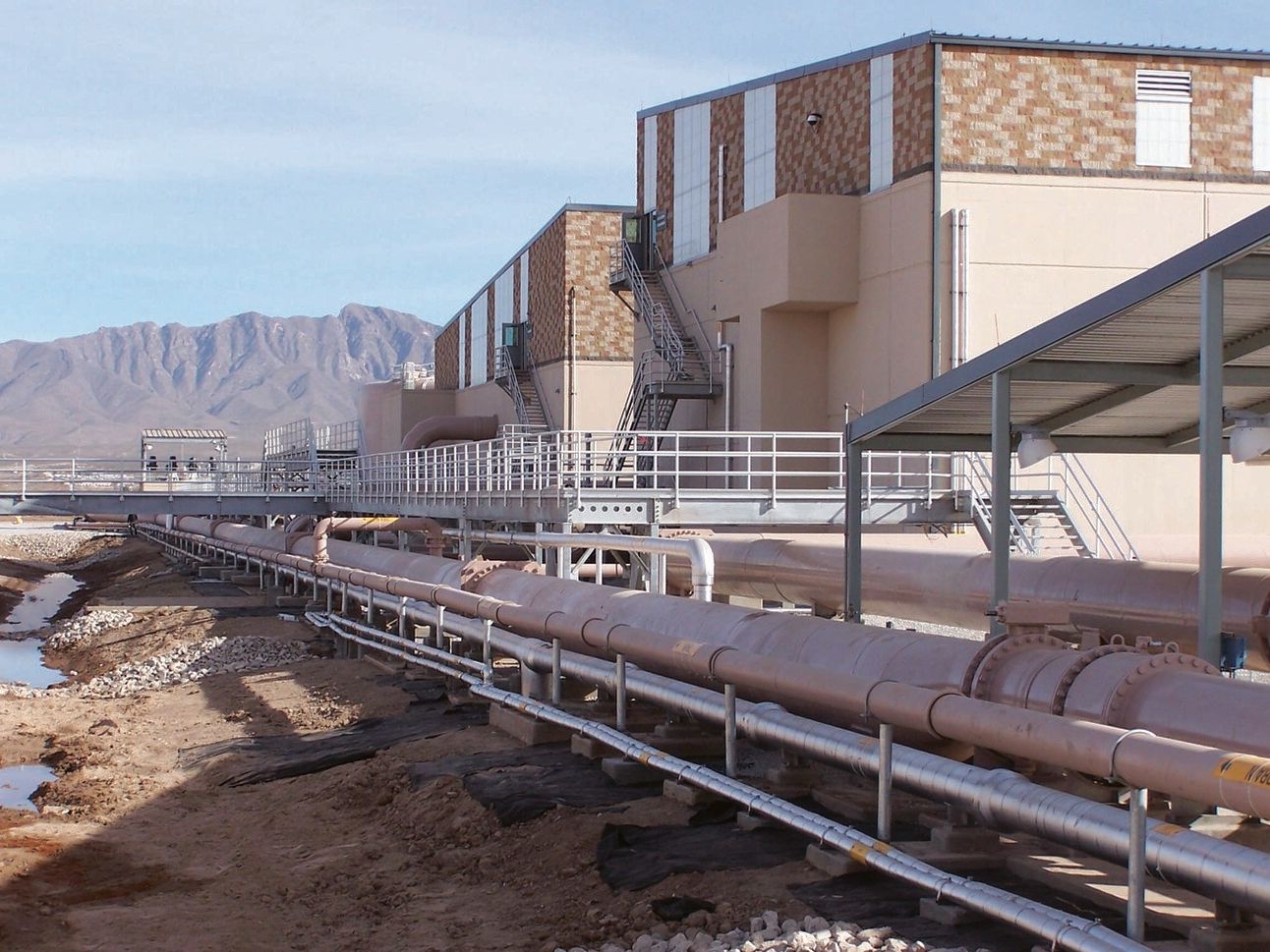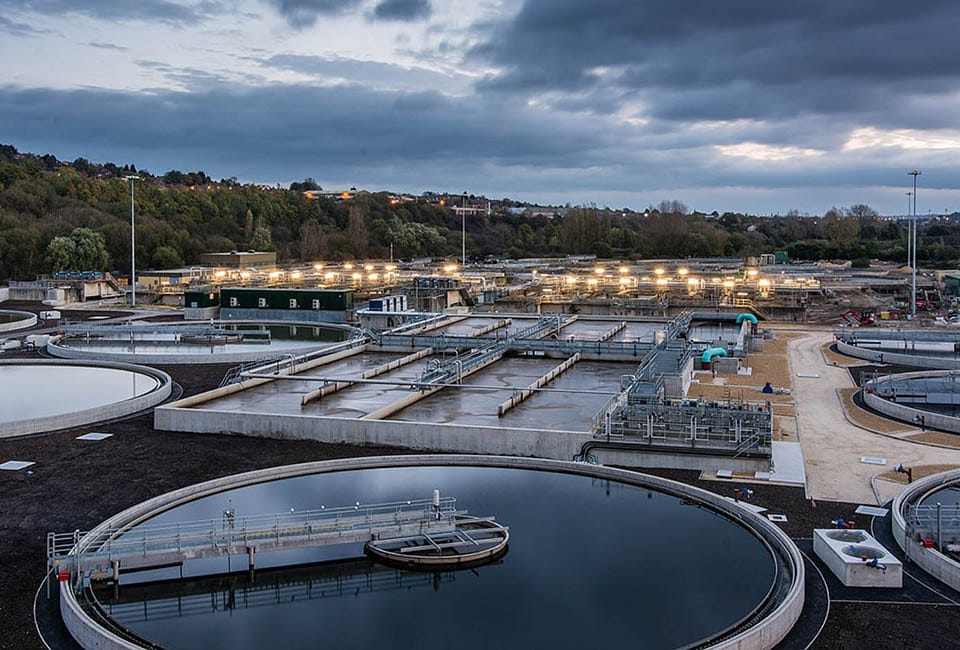- Infrasync Technology Services
- Posts
- Infrasync Newsletter #14 - Aging Infrastructure & 70,000 Treatment Violations - A New Hope
Infrasync Newsletter #14 - Aging Infrastructure & 70,000 Treatment Violations - A New Hope
How utilities are using technology to get back in control of their permits and save time and energy while doing it.
In the USA there are over 50,000 violations annually for drinking water and over 20,000 violations for wastewater. Don’t believe me? See the report for yourself at echo.epa.gov
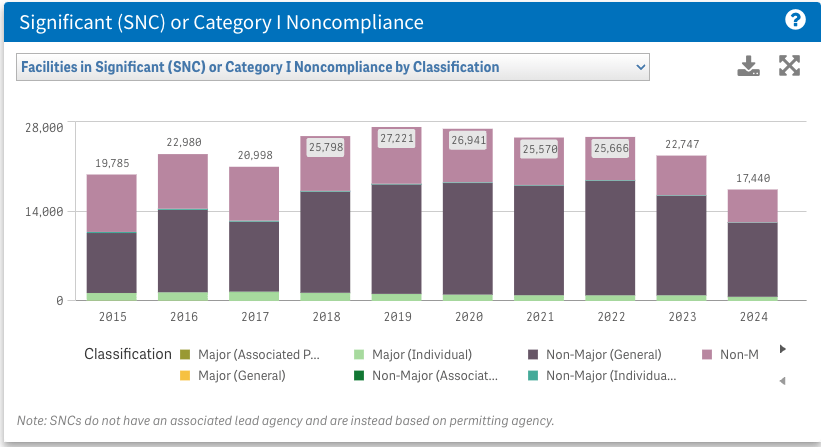
EPA ECHO - WASTEWATER VIOLATIONS PER YEAR
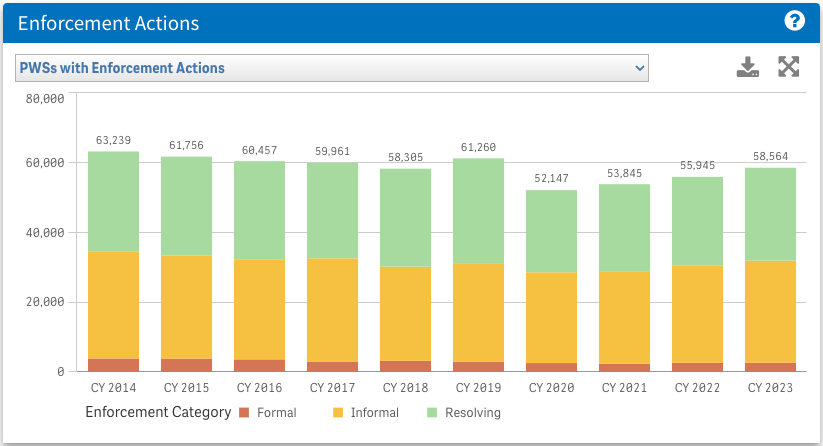
EPA ECHO - WATER VIOLATIONS PER YEAR
In our water systems 15-20% have informal enforcement issues meaning there was a problem but it was very limited and was resolved quickly. Then there are 1-2% have formal enforcement actions. Meaning the problem wasn’t quickly resolved and has a lingering issue. Our wastewater systems are typically in much better shape as only 2-3% have informal enforcement issues and 0.5-1.0% have formal enforcement actions.
Why is this happening? Our water and wastewater systems are under a tremendous strain everyday. Aging infrastructure, decreasing workforce, and tighter budgets are forcing utilities to take a new approach in how they handle their treatment processes.
The top driver year after year is aging infrastructure per the AWWA annual industry survey.
If aging infrastructure is the top issue year after year, why hasn’t that been resolved? Ask any utility manager and the answer gets pretty clear, they money just isn’t there.
To take a 50-60 year old facility and completely replace it can cost between 10-15 $/MGD. This means that for a town of 50,000 people who likely need a 10 MGD plant, that utility would need to find an ADDITIONAL $100,000,000 to $150,000,000 to replace that treatment plant. This is in addition to the ongoing operations and maintenance (O&M) costs.
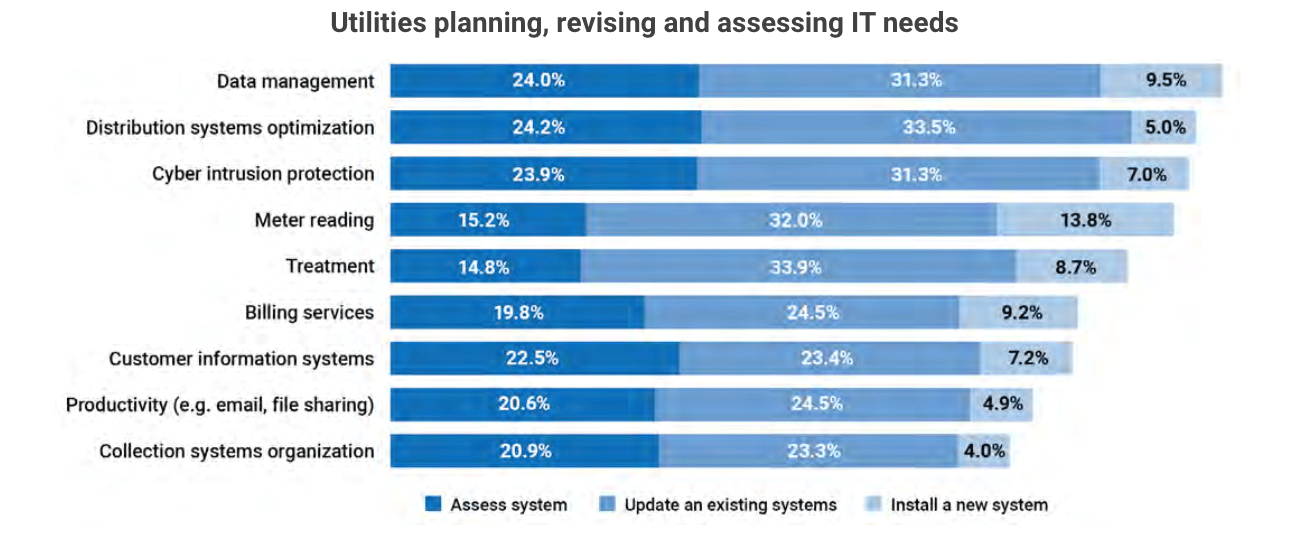
AWWA 2023 STATE OF THE INDUSTRY
Because of this clash of aging infrastructure and finances utilities are turning to new solutions based on technology. This typically includes sensors, software, and services to enable the utility to be more efficient with what they have vs build something entirely new.
How are utilities responding to this? Many are going for a more technology driven approach. Below are three examples of utilities taking a technology driven approach vs just a capacity driven approach.
Cuxhaven, Germany - The Cuxhaven treatment plant has shown a 30 percent reduction in aeration energy usage, corresponding to 1.1 million kilowatt-hours annually — enough energy to power 64 homes for one year (according to US EPA calculations)
El Paso, Texas - Within the next seven years, El Paso Water plans to accommodate half of all new water needs for the city at the future Advanced Water Purification Facility, where treated wastewater will be transformed into fresh drinking water. To be useful, though, this new recycled water supply must be safe and clean. They designed a monitoring system that provides instantaneous pollution monitoring and artificial intelligence analysis of wastewater trends. The technology can detect minute changes in the composition of wastewater flows – including a surge in industrial heavy metals like mercury, copper, and aluminum.
Yorkshire Water, United Kingdom - They have over 670 water and treatment works. This is a critical piece of equipment so they installed sensor inside the motor cabinet to detect any electircal or mechanical faults. Ideally up to 5 months in advance of equipment failure. This project include sensors and monitoring on 7 screw pumps for an estimated ROI of over 2000%.
Know someone who could benefit from this info? Forward this newsletter to them!
Make sense to connect?
Are you working to help your utility or technology company take the next step forward? If you want to talk through a challenge or share something interesting your team did please shoot me a note at [email protected] or schedule a 15 minute call here.


